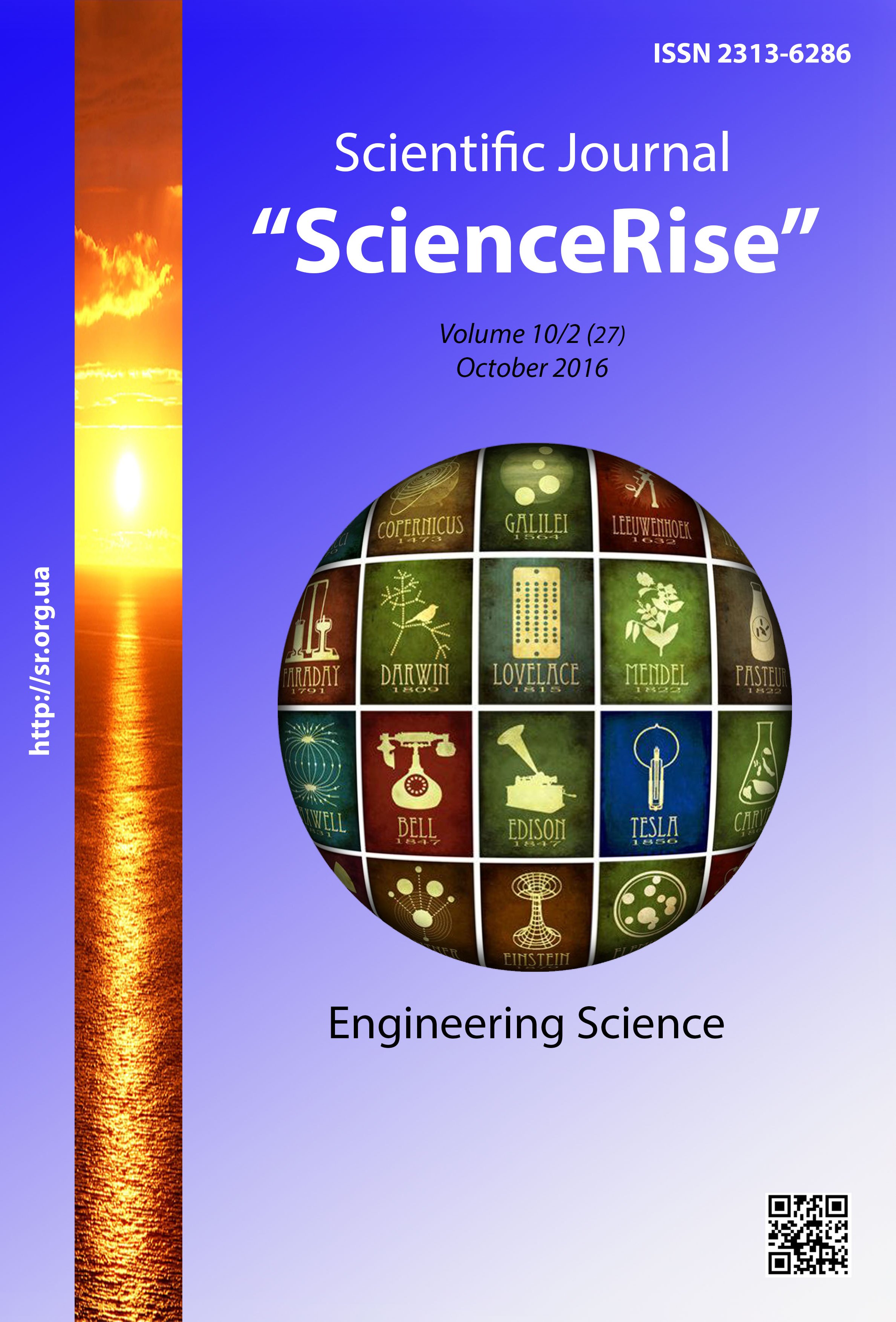Creation of electromechanical device for electric vehicle traction
DOI:
https://doi.org/10.15587/2313-8416.2016.79196Keywords:
vehicles, electric car, environmental friendliness, electric traction, vector control, flux linkage, induction motor, electric driveAbstract
The problems of creation of electromechanical device for electric vehicle traction are considered in the article. The aim of creation this design are the replacement of the internal combustion engine on electromechanical device. For this electromechanical device are constructed model, which describe processes that occur in the electric drive of electromechanical device. Characteristics of the main modes of motion were recorded. The introduction of electromechanical device will reduce the level of emissions and reduce noise in the cities
References
Bogdanov, K. L. (2009). Tyagovyy electroprivod avtomobilya [Traction electric drive of car]. Moskovskij avtomobil'no – dorozhnyj gosudarstvennyj tehnicheskij universitet. Moscow: Izdatel'stvo MADI, 57.
Kanilo, P. M., Gritsenko, A. V. (2015). Sovremennyy analiz ekokantserogennoy opasnosti legkovikh avtomobiley [Modern analysis of ecological and canceroggenic dangers of motor cars]. Bulletin of Kharkov national automobile and highway university, 68, 36–44.
Orlov, D. S., Sadovnikova, L. K., Lozanovskaya, I. N. (2002). Ekologiya i okhrana biosfery pri khimicheskom zagryaznenii [Ecology and protection of the biosphere with chemical pollution]. Moscow: Vysshaya shkola, 334.
Busygin, B. P. (1979). Elektromobili [Electric cars]. Moscow: Izdatel'stvo MADI, 72.
Shchetina, V. A., Morgovskiy, Ju. Ja., Tsenter, B. I., Bogomazov, V. A. (1987). Elektromobil': tekhnika i ekonomika [Electric car: technology and economics]. Mashinostroyeniye, 253.
Shevchenko, A. I., Pavlenko, A. V., Pavlenko, V. V. (2012). Modelirovaniye raboty tyagovogo elektroprivoda avtomobilya [Modelling of electric vehicle traction drive]. Transaction of Kremenchuk Mykhaylo Ostrogradskiy University, 3 (74), 88–93.
Klyuchev, V. I. (1985). Teoriya elektroprivoda [Electric drive theory]. Moscow: Energoatomizdat, 560.
Nguyen, P. Q., Dittrich, J. A. (2008). Vector control of three – phase AC machines. Springer Berlin Heidelberg, 340. doi: 10.1007/978-3-540-79029-7
Marino, R., Tomei, P., Verrelli, C. M. (2010). Induction Motor Control Design. Springer London, 351. doi: 10.1007/978-1-84996-284-1
Vinogradov, A. B. (2008). Vektornoye upravleniye elektroprivodami peremennogo toka [Vector control of electric drive AC]. Ivanovo, 298.
Bespalov, V. Ja., Krasovskiy, A. B., Panikhin, M. V., Fisenko, V. G. (2014). Issledovaniye mnogopolyusnogo asinkhronnogo tyagovogo chastotno – reguliruyemogo dvigatelya [Research of the multipolar induction traction frequency regulated motor]. Scientific periodical of the Bauman MSTU Science and Education, 5, 295–307. doi: 10.7463/0514.0709521
Trzynadlowski, A. M. (2001). Control of induction motors. Academic Press, N. Y., 228.
Terokhin, V. B. (2010). Modelirovaniye system elektroprivoda v Simulink (MATLAB 7. 0. 1) [Simulation of electric drive systems in Simulink (MATLAB 7. 0. 1)]. Tomsk: Izdatel'stvo Tomskogo politekhnicheskogo universiteta, 292.
Markov, A. V., Shmarlovskiy , A. S. (2010). Elementy i ustroystva sistem upravleniya [Elements and devices of control systems]. Minsk: BGIUR, 102.
Downloads
Published
Issue
Section
License
Copyright (c) 2016 Денис Юрьевич Зубенко, Андрій Віталійович Коваленко, Олександр Миколайович Петренко, В’ячеслав Михайлович Шавкун, Микита Юрійович Олехно

This work is licensed under a Creative Commons Attribution 4.0 International License.
Our journal abides by the Creative Commons CC BY copyright rights and permissions for open access journals.
Authors, who are published in this journal, agree to the following conditions:
1. The authors reserve the right to authorship of the work and pass the first publication right of this work to the journal under the terms of a Creative Commons CC BY, which allows others to freely distribute the published research with the obligatory reference to the authors of the original work and the first publication of the work in this journal.
2. The authors have the right to conclude separate supplement agreements that relate to non-exclusive work distribution in the form in which it has been published by the journal (for example, to upload the work to the online storage of the journal or publish it as part of a monograph), provided that the reference to the first publication of the work in this journal is included.

